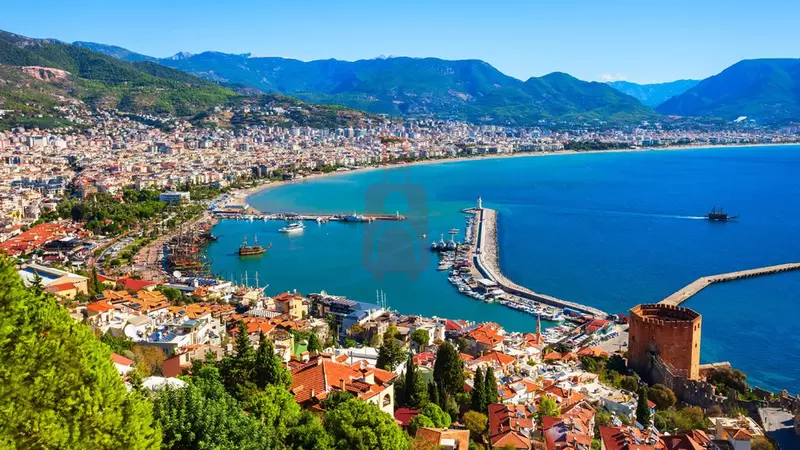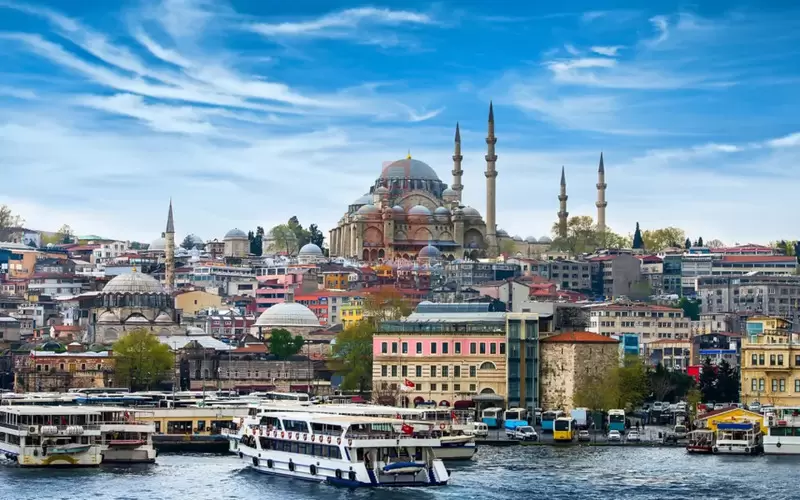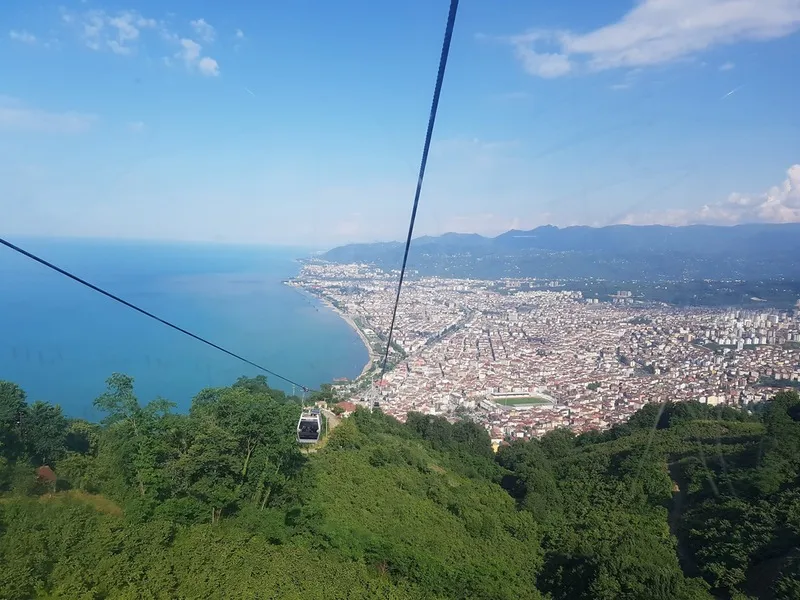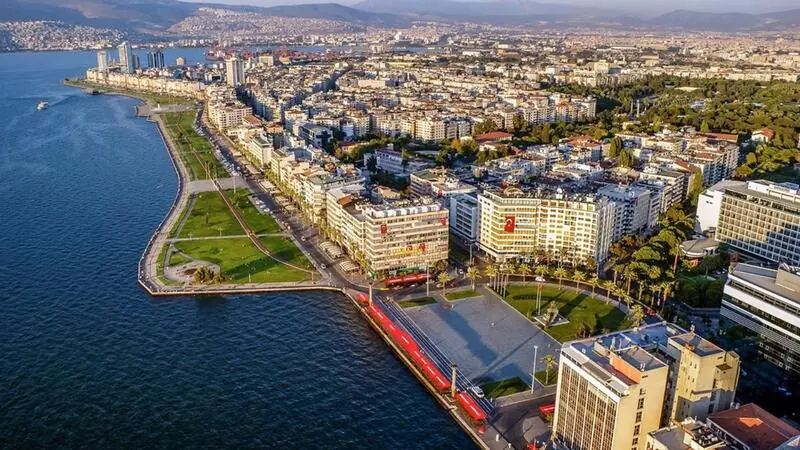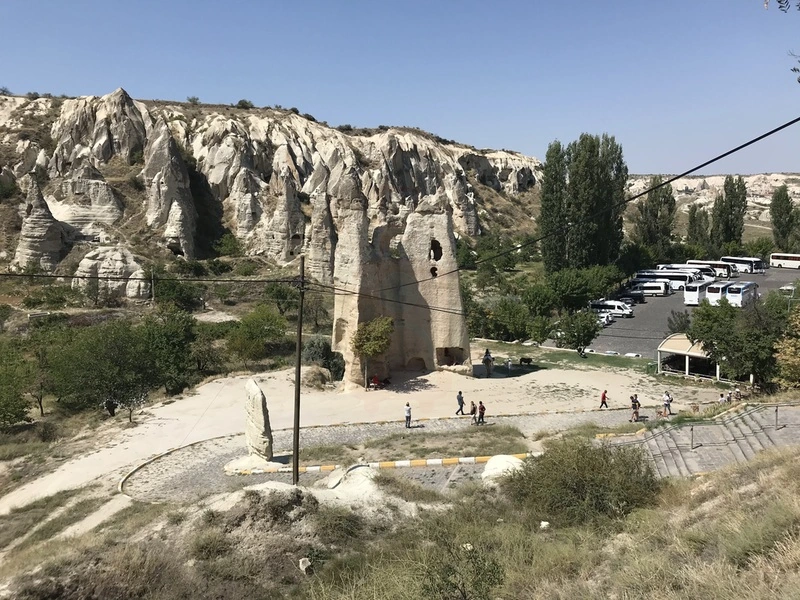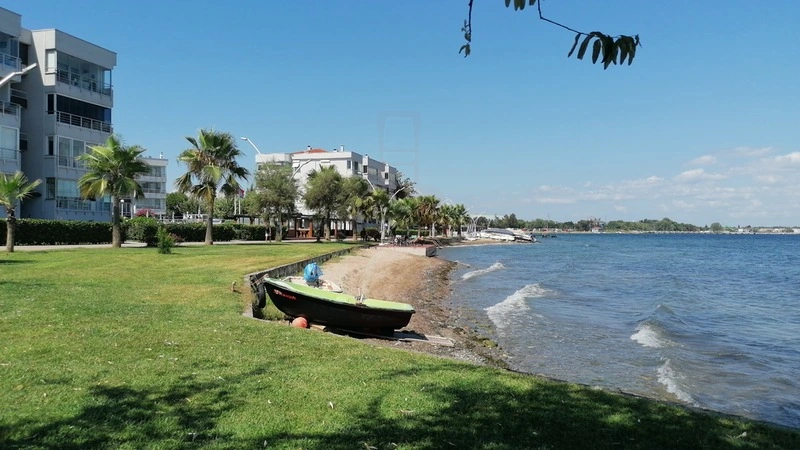
Wildlife Photography Tours in Türkiye: Capturing Biodiversity on the Crossroads of Migration
Türkiye’s unique status as a bridge between three continents—Asia, Europe, and Africa—positions it as an indispensable destination for [Wildlife Photography Tours]. The country's diverse climate zones, from the snowy alpine peaks to the vast, arid steppes and crucial coastal deltas, create a phenomenal mosaic of ecosystems, making it a critical corridor for [Migratory Birds] and a home to numerous [Endemic Species] found nowhere else on earth.
As your professional guide, I confirm that a successful wildlife tour in Türkiye requires precise seasonal timing and strategic placement in protected National Parks and Ramsar-designated wetlands. This detailed guide explores the key geographical zones and the target species that reward the patient and prepared nature photographer.
I. The Avian Corridor: Wetlands and Deltas (Ornithology Focus)
Türkiye's low-lying coastal deltas are the most productive locations for bird photography, particularly during the [Spring and Autumn] migration periods.
Tuz Gölü (Salt Lake) and Central Anatolia
The [Tuz Gölü] (Salt Lake, spanning Konya, Aksaray, and Ankara) is Türkiye's second-largest lake and a vital ecological site, offering surreal, high-contrast photography opportunities.
- The Flamingo Colony: Tuz Gölü is the [Largest Breeding Colony for Flamingos] (Phoenicopterus roseus) in the Mediterranean basin. Thousands of flamingos congregate here, creating stunning pink-hued landscapes, particularly during the spring breeding season.
- Photographic Conditions: The vast, white salt crust and shallow, reflective water surface create unique [High-Key Photography] settings and spectacular [Sunset Silhouettes] as the red light reflects off the water and salt flats.
The Major Deltas: Ege, Black Sea, and Mediterranean
Deltas are critical resting and breeding grounds, offering concentrated wildlife populations:
- Gediz Deltası (İzmir): Located near [İzmir], the [Gediz Delta] is a UNESCO World Heritage site candidate, famous for large flocks of [Flamingos], pelicans, and various waders like the [Avocet] (Kılıçgaga). Observation towers are available for discreet shooting.
- Kızılırmak Deltası (Samsun): Situated on the Black Sea coast, this large delta is a critical habitat for over 350 bird species. It is one of the few confirmed breeding grounds in Türkiye for the endangered [Purple Swamphen] (Saz Horozu).
- Göksu Deltası (Mersin): This southern wetland hosts nearly 300 bird species on the migratory path, including herons, cormorants, and sea turtles (Caretta Caretta) near its coastal fringes.
Photography is best executed from specially constructed [Observation Hides] or towers to minimize disturbance to the birds.
II. Mountainous Habitats and Mammalian Targets
The high-altitude regions offer opportunities to photograph unique, hardy mammalian species and specialized raptors, requiring patience and knowledge of their terrain.
The High Peaks and Endemic Species
The rugged terrain of the [Taurus] and [Pontic] mountains offers challenging but rewarding routes for wildlife photography:
- Kaçkar Dağları: The [Kaçkar Mountains] National Park ([Rize] and [Artvin]) is a prime location for [Red Deer], [Wild Goat], and predatory birds like the [Golden Eagle]. The region's high biodiversity also includes endemic flora like the [Muş Lale] (Muş Tulip) and [Kazdağı Göknarı] (Turkish Fir).
- Sarıkaya and Soğuksu: [Soğuksu Milli Parkı] (near [Ankara]) and [Kazdağları Milli Parkı] (near [Balıkesir]) are known for populations of [Red Deer] and [Wild Boar], providing excellent forest photography opportunities, especially around dawn and dusk.
- Anatolian Mountain Hare: Specialized trips to high plateaus like those in [Isparta] or [Kayseri] might yield sightings of the [Anatolian Mountain Hare] or specific, endemic lizard species.
III. Essential Photography Logistics and Ethics
Wildlife photography demands ethical behavior, specialized gear, and careful planning to ensure safety for both the traveler and the subjects.
- Timing the Migration: The best months for concentrated bird photography are [April/May] (spring migration) and [September/October] (autumn migration). Breeding season is highly sensitive and requires strict adherence to park boundaries.
- Gear and Lenses: Essential equipment includes [Telephoto Lenses] (400mm+ recommended for birding), [Tripods] for stability, and camouflage or neutral-colored clothing. Use [Dry Bags] for camera protection in coastal wetlands.
- Ethical Conduct: Never feed, disturb, or alter the environment to get a photograph. Maintain a safe distance from all species, particularly nesting birds and large mammals ([Bears] and [Wolves] are present in parts of the East and Northeast).
- Accommodation: Accommodation near many prime birding deltas ([Kızılırmak], [Gediz]) often relies on simple local guesthouses (pansiyonlar), requiring flexibility. Conversely, resorts in [Belek] (Antalya) offer guided birdwatching excursions that provide high-end comfort with professional environmental guides.
A [Wildlife Photography Tour] in Türkiye is a dedicated pursuit, offering the rewarding challenge of capturing the vast, rich, and often unseen life thriving across this ancient land bridge.
